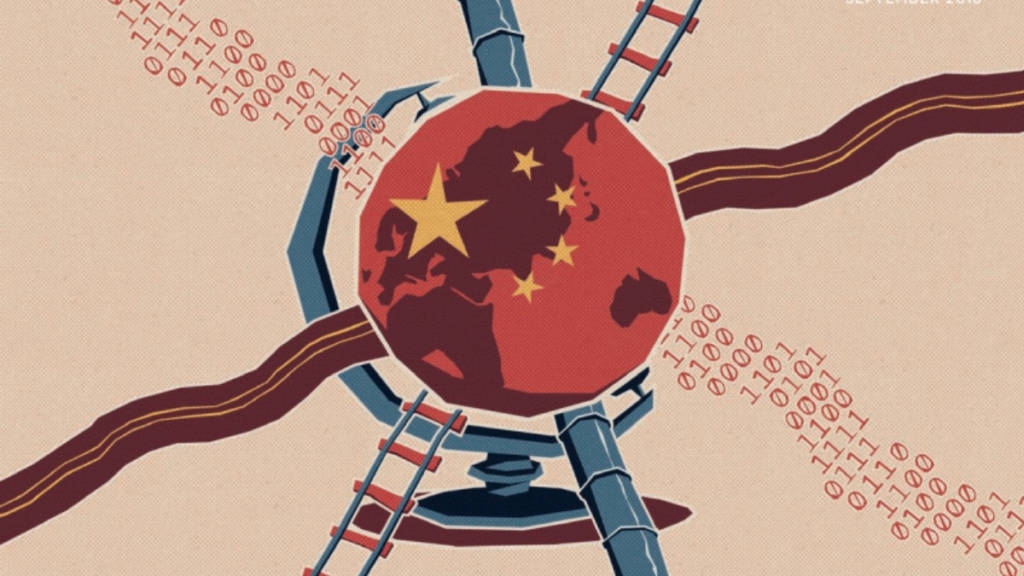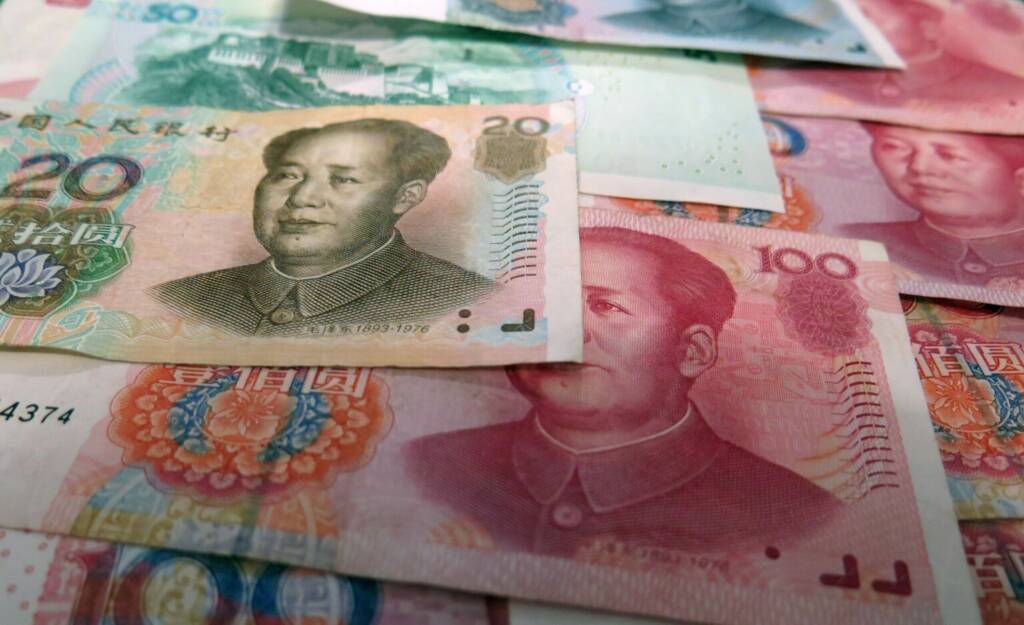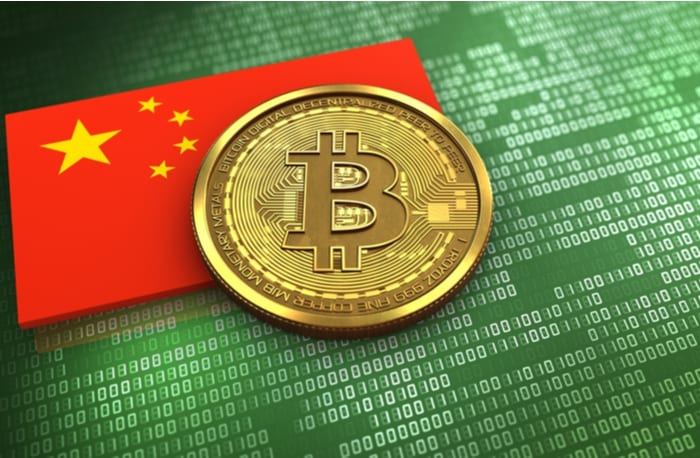How is China using technology to build the technical and financial infrastructure for the ambitious Belt and Road Initiatives. We heard from trade expert Eugenio Reggianini, who discussed the work of China’s Blockchain Service Network “BSN” and the Digital Currency Electronic Payment system “DCEP”.

One of the main features of blockchain is its transformational power, which has often been heralded across several industries. Its impact can be compared to that of the essential internet communication protocol (TCP-IP), an attitude that led a DLT-based approach been adopted by numerous companies as part of their operational procedures, with a view on blockchain as a “lock pick” that may address any existing operational inefficiencies, improving transparency, maybe creating new products from scratch. We have now a very clear idea of the benefits that blockchain technology is able to bring to supply chain and trade finance, as well as the challenges this technology has to go through for reaching out widespread adoption.
Across all regions, we can view the perceived value of this technology in that it streamlines and simplifies trade finance processes favourably. As a matter of fact, if one looks at international trade as a whole, one can notice that inefficiencies abound, the main one being the unmet demand for trade finance transactions. Trade finance availability is a crucial subject for trading activities in general since only a small part of international trade transactions are settled cash in advance because buyers usually wish to pay once the goods have been delivered in accordance with what is stipulated on the sales contract. It is now reckoned by the WTO that up to 80% of the whole trade exchanges are based on some form of financing, which includes traditional instruments, such as letters of credit, and supply chain finance, a generic term that points to a whole range of financing instruments. While letters of credit have traditionally been a widely used form of trade finance, there is a growing trend to choose solutions based on open account terms using supply chain financing.

Traditional trade finance is often associated with high costs and cumbersome procedures, due to paper-heavy processes and the challenging coordination of the multiple players involved in a single transaction.
The transparent and secure nature of blockchain is leading an increasing number of banks to explore how this new technological paradigm may help to automate trade finance processes, ultimately improving the efficiency of transactions and enhancing security. Beyond this, the disruptive nature of blockchain is leading some companies to develop new supply chain finance products and models. Although traditional instruments will remain essential, we will witness a substantial increase in the number of open account transactions, mainly in an EU context.
As a result of all this, the deployment of blockchain solutions for trade finance operations has recently raised the interest of monetary authorities and financial institutions worldwide and, more particularly, in Asia, which aim at improving the efficiency of trade finance processes and transactions.
China has kept up with the pace of the “forerunners” and is going much further through a global project that stretches out far beyond trade finance.
Building the technical and financial infrastructure: focus on China.
In accordance with the development plan 2019-2021 issued by the People Bank Of China, aka “PBOC”, six priority tasks have been identified with the aim at strengthening the country’s strategic position in the financial technology sector, under a long term perspective.
Two key pillars have been spotted: Blockchain Service Network “BSN” and Digital Currency Electronic Payment system “DCEP”, which are both already undergoing testing phase by the PBOC.
Chinese corporations and associations will provide their blockchain operation services around them: IT, trade finance, supply chain, healthcare, insurance, digital identity by enterprises networks consortiums.
According to the business schedules, the project has been reassessed after the Covid-19 pandemic outbreak and will be officially launched on 31st July 2020, with a kick-off phase of 200 nodes, located all over China Mainland and overseas. BSN has already partnered with AWS China in order to speed up the internationalization process, establishing itself as the “gate” for enterprises and governments to interoperate via the cloud: a potentially perfect “duo” that will enable private and public data to achieve the highest performances.

DCEP is a software solution that will allow PBOC to issue and manage the first sovereign digital currency backed to the “fiat” value of the renminbi, i.e. a merely technical transformation of the mechanism for the issuance and circulation of RMB, sectioned into two operative layers. While the first one involves PBOC and commercial banks, the second one involves Chinese commercial banks and end-users, businesses, or physical persons.
As for now, the DCEP does not necessarily use blockchain technology, since it leverages on asymmetric cryptography, which is fundamentally the reason for the efficiency and security of electronic payments provided. Furthermore, it is fully implemented on a distributed ledger technology for securing transactions.
The DCEP also makes it possible to feature a digital wallet, although under a more centralized perspective. Blockchain solutions can be potentially implemented only at the first layer of the operative system, as it allows to notify, allocate, and record digital currency operations from PBOC to other commercial banks.
What about the remaining large financial players, such as Alipay or WeChat Pay, to name two of them? how will they be involved in this system? how will they strike back in case it will push them out of the market? At present, we can only argue that the preexisting digital currency channels will be involved in the money transfers in favour of consumers. Due to their market position, these players are used to playing a vital role when it comes to ensuring the security of holdings and facilitating transactions.

Masterplan: layers upon layers – BSN and DCEP
In the long term, we are likely to witness an interaction in terms of off-chain transactions usage in a second layer context for connecting consumers, whilst the first layer would be supported by on-chain transactions connected with a centralized authority (PBOC): a solution that might help to shape a payment system capable of boosting performances when dealing with a huge number of transactions per second.
In addition to this, China UnionPay Corporation and China Mobile Financial Technology Co., Ltd. are currently both involved in digital currency transfers and are the founding partners of BSN: this picture suggests a potential integration of DCEP with BSN, which might empower the mainland and overseas transfers.
How can BSN and DCEP interoperate? BSN is the first layer working as a cloud solution for blockchain application providers. The fact that big players like China Union Pay are involved in this project may lead to the conclusion that a digital state currency issued by PBOC may be installed on the network. In a middle-term perspective, we are likely to see these two pillars working jointly: DCEP will act as centralized crypto running on a decentralized cloud architecture (BSN), capable of providing different blockchain solutions to different companies. The combination of these two assets will constitute a safer, stronger and quicker means for supporting investments.
Business sector associations, such as the Chinese Bank Association, are starting to implement their in-house solutions, focusing on trade finance, supply chain finance, supply chain operations and logistics, copyrights and IP, judicial and legal, health and digital identity.
Blockchain service providers, such as Aliyun, Baidu will easily run their BaaS into BSN nodes providing blockchain solutions with cheaper implementation costs, crossing different markets, offering customized solutions for each business case.
In the long run, BSN will allegedly be considered as a strategic technological architecture capable of assisting businesses from mainland China to overseas strategic locations under a secure and distributed network. On the other side, DCEP might stand as a way to fully drive overseas investments in terms of political orientation and economic accountability.
By joining together, these two pillars will give rise to a continuous flow of assets, both data and transactions, that will efficiently support the execution of the Belt and Road Initiatives (“BRI”), along with other national investment development programs that are still struggling in some areas of the world because of the lack of interconnectivity, transparency, governance and accountability.
This article is just an abstract from a report on the Chinese blockchain infrastructure drawn for the Hyperledger Capital Markets and Trade Finance SIGs. To access the full report “DLT solutions for trade and finance. China focus”, visit: https://www.hyperledger.org/finance/2020/12/16/examining-dlt-solutions-for-trade-and-finance-with-a-china-focus
About the authors:
Andrea Frosinini is a freelance Trade Finance consultant and Chair of Hyperledger Trade Finance Special Interest Group.
Eugenio Reggianini is the Business Development Manager at CarbonBlue Innovations and a member of Hyperledger Trade Finance & Capital Market Special Interest Group. He is also the founder of the Hyperledger Italian Chapter.



























